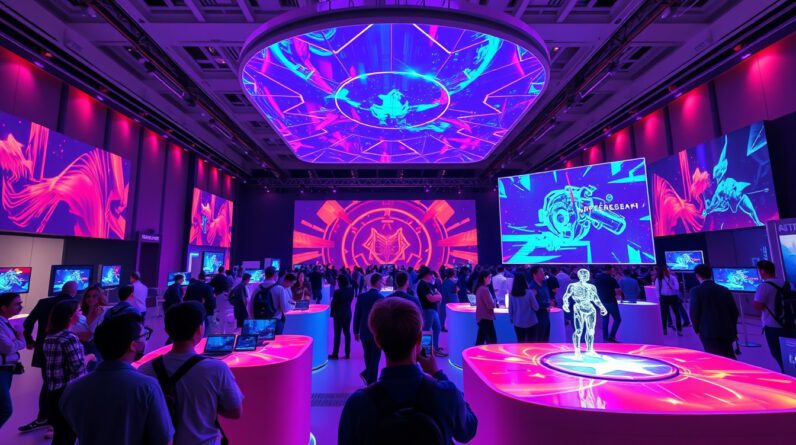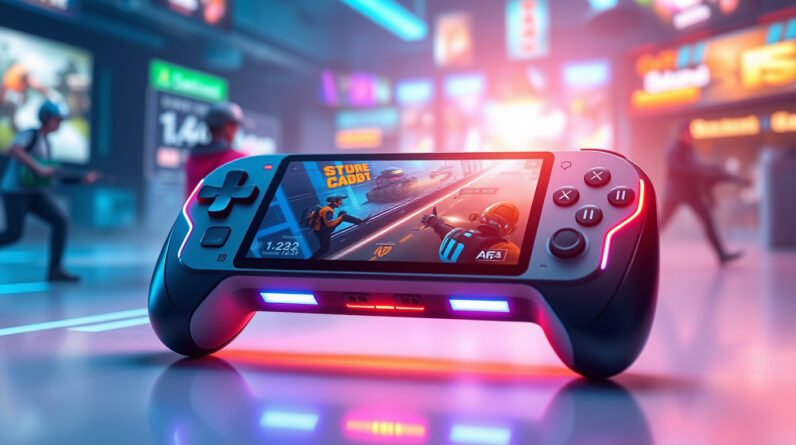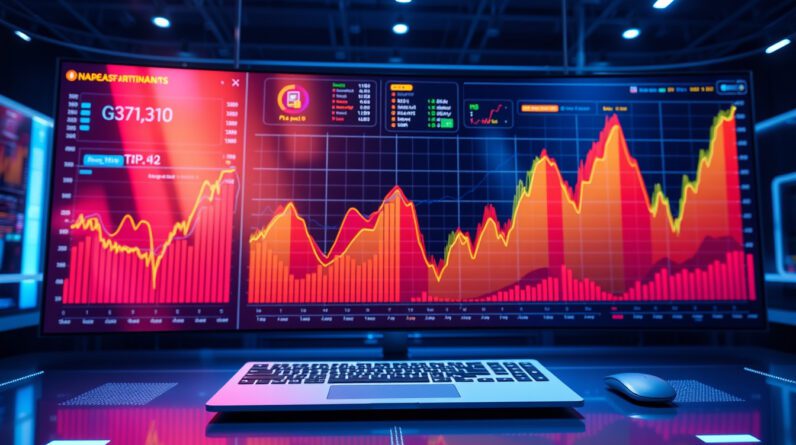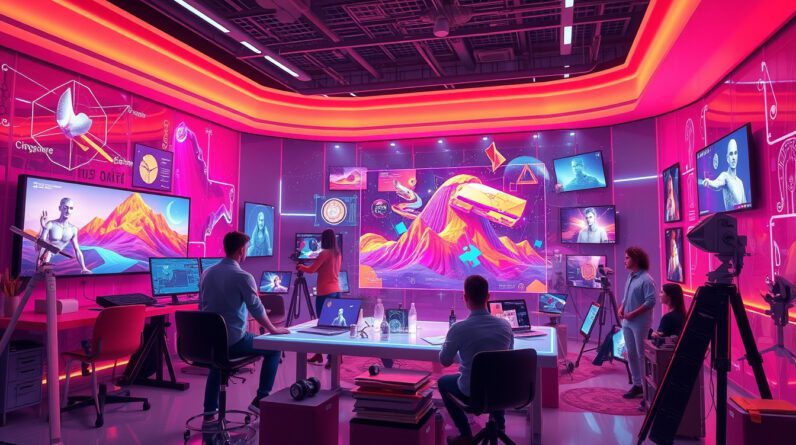
The realms of creativity and innovation are undergoing a profound transformation, fueled by the convergence of artificial intelligence (AI), computer graphics, and design. These once-distinct disciplines are now intertwining, creating a potent synergy that is pushing the boundaries of what’s possible. From generating breathtaking visuals to automating complex design tasks, AI is empowering artists, designers, and innovators with tools of unprecedented power and flexibility.
The AI-Powered Design Revolution
AI is no longer a futuristic concept confined to science fiction; it’s actively reshaping the landscape of design. Algorithms can now analyze vast datasets of images, designs, and user preferences, learning to identify patterns and make intelligent design decisions. This has led to a surge in AI-powered design tools that streamline workflows and empower creatives to iterate faster and explore a broader spectrum of ideas.
1. Generative Design: Birthing New Possibilities
One of the most transformative applications of AI in design is generative design. This revolutionary approach enables designers to input specific constraints, materials, and performance criteria into an AI system. The AI then generates a multitude of design options that meet those requirements, often producing innovative solutions that humans might not have conceived.
Generative design is particularly valuable in fields like architecture, engineering, and product design, where complex structural considerations and material limitations are paramount. By exploring countless design permutations, AI helps designers optimize for factors such as weight, strength, and sustainability, leading to groundbreaking designs that push the boundaries of form and function.
2. AI-Enhanced Creativity: Amplifying Human Ingenuity
Contrary to the fear that AI might replace human designers, it’s proving to be a powerful creative partner. AI tools can assist with tasks such as image recognition, style transfer, and pattern generation, freeing up designers to focus on higher-level creative decisions and conceptualization.
Imagine an architect using AI to generate various building facades based on historical styles or a fashion designer experimenting with AI-generated textile patterns inspired by nature. These tools don’t replace human creativity; they enhance it by providing a springboard for inspiration and allowing designers to explore a wider range of creative avenues.
3. Personalized User Experiences: Tailoring Design to the Individual
In the realm of digital experiences, AI is playing a pivotal role in personalizing user interfaces and content. By analyzing user data, AI algorithms can predict preferences, adapt to user behavior, and tailor website layouts, content recommendations, and even product designs to individual tastes.
This level of personalization enhances user engagement, improves conversion rates, and creates a more satisfying and intuitive digital experience. From e-commerce platforms that recommend products based on browsing history to streaming services that curate personalized watchlists, AI is making technology more responsive and user-centric.
Computer Graphics: Rendering the Imaginary
Computer graphics have long been instrumental in bringing creative visions to life, and AI is taking this capability to unprecedented heights. From realistic special effects in movies to immersive virtual environments, AI is pushing the boundaries of what’s visually possible, blurring the line between the real and the digital.
1. Photorealistic Rendering and Animation
AI is revolutionizing the world of animation and visual effects by automating complex rendering processes and enhancing realism. Algorithms can analyze real-world footage to understand lighting, textures, and motion, enabling the creation of incredibly lifelike digital characters and environments.
This advancement has profound implications for filmmaking, video game development, and virtual reality experiences, allowing creators to craft immersive worlds and characters that are increasingly indistinguishable from reality.
2. AI-Assisted 3D Modeling: Sculpting with Data
Creating intricate 3D models is a time-consuming and specialized skill, but AI is making it more accessible and efficient. AI-powered tools can assist with tasks such as mesh generation, topology optimization, and texture mapping, streamlining the 3D modeling process and enabling artists to focus on the artistic aspects of their work.
This technology is particularly valuable in fields like product design, architecture, and video game development, where the ability to rapidly create and iterate on 3D models is essential.
3. Virtual and Augmented Reality: Bridging the Physical and Digital
AI is playing a crucial role in blurring the lines between the physical and digital worlds through virtual reality (VR) and augmented reality (AR). AI algorithms can track objects and environments in real-time, enabling the seamless integration of digital elements into our physical surroundings.
This technology has vast potential for entertainment, education, and even practical applications. Imagine surgeons using AR overlays to visualize internal organs during surgery or architects using VR to experience their designs at scale before construction begins. AI is making these once-futuristic scenarios a reality.
The Future of Creativity: A Collaborative Landscape
The fusion of AI, computer graphics, and design is still in its early stages, but the potential for innovation is limitless. As AI tools become more sophisticated and accessible, we can expect to see a surge in creativity across various industries.
1. Democratization of Design: Empowering the Next Generation
AI-powered design tools are breaking down barriers to entry, making it easier for individuals without specialized skills to express their creativity. User-friendly interfaces and intuitive workflows are putting the power of design into the hands of a wider audience, fostering a new wave of innovation from unexpected sources.
2. Ethical Considerations: Navigating the AI-Powered Future
As with any transformative technology, it’s crucial to consider the ethical implications of AI in creative fields. Questions surrounding bias in algorithms, intellectual property rights, and the potential displacement of human designers require careful consideration and ongoing dialogue.
It’s essential to develop AI tools responsibly and ethically, ensuring that they augment human creativity rather than stifle it. By embracing transparency, promoting diversity in the tech industry, and engaging in thoughtful discussions about the role of AI in society, we can harness its power for good while mitigating potential risks.
3. A Future of Boundless Creativity
The convergence of AI, computer graphics, and design is ushering in an era of unprecedented creative possibility. As these technologies continue to evolve, we can expect to see even more groundbreaking applications emerge, blurring the lines between the real and the digital, and pushing the boundaries of human imagination. The future of creativity is bright, and it’s being shaped by the transformative power of AI.




